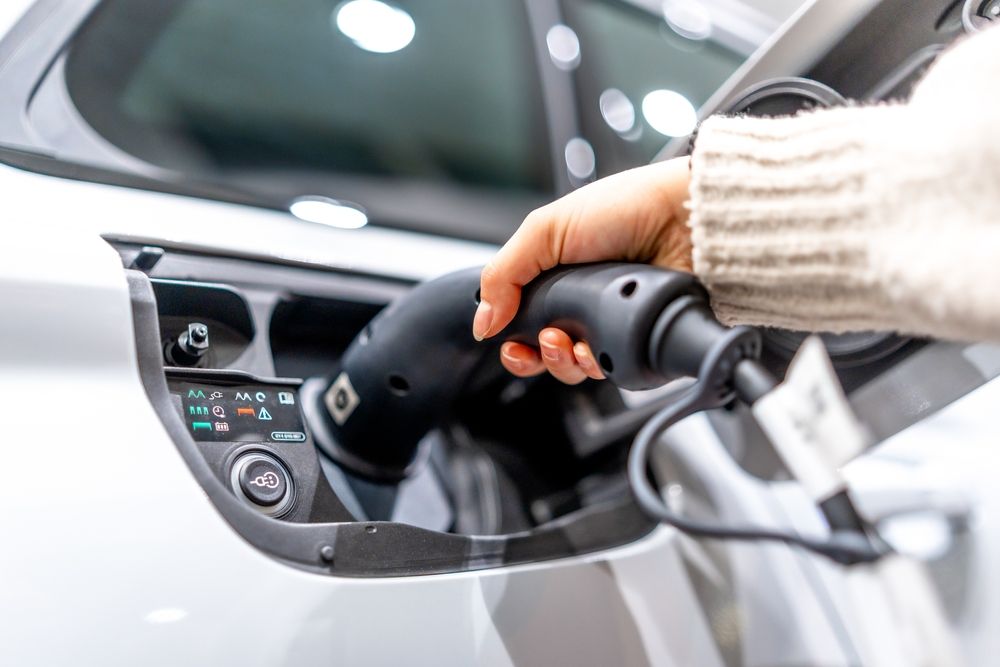Choosing the right kitchen faucet is a crucial decision in any kitchen renovation or upgrade. It's not just about picking a piece that looks good; functionality, durability, and compatibility with your kitchen's needs are key. This 1,200-word article will provide you with comprehensive tips and insights to help you make a smart purchase when selecting a kitchen faucet.
Understanding Faucet Types
The first step in selecting a kitchen faucet is understanding the different types available. Pull-down faucets feature a spray head that pulls down directly into the sink, ideal for larger sinks and heavy-duty cleaning. Pull-out faucets, with a more horizontal design, are great for smaller sinks and offer similar functionality. Single-handle faucets provide ease of use, allowing for quick temperature and flow adjustments with one hand. Double-handle faucets, offering separate controls for hot and cold water, provide a more traditional look and precise temperature control. Hands-free or touchless faucets, activated by motion sensors, are increasingly popular for their convenience and hygiene benefits, especially in kitchens where hands often get messy. Each type has its own set of benefits, and the choice depends on your specific needs, kitchen layout, and personal preference.
Material and Finish: Durability and Aesthetics
The material and finish of your kitchen faucet are not just about looks; they are key to the durability and longevity of the faucet. Stainless steel and chrome are popular for their durability and ease of cleaning, fitting well in modern kitchen designs. Bronze and brass faucets offer a more classic or rustic look but may require more maintenance to prevent tarnishing. The finish of the faucet can range from glossy to matte, with polished finishes offering a sleek, reflective look, while brushed or matte finishes hide water spots and fingerprints better. When choosing the material and finish, consider the kitchen's overall aesthetic and how the faucet will complement other fixtures and appliances. Also, think about the long-term maintenance and how the finish will hold up in your household's typical usage.
Spout Height and Reach
The spout height and reach are critical for the functionality of the faucet in your kitchen space. High-arch spouts give more clearance for washing large items like pots and vases but require sufficient space above the sink, without cabinets or shelves getting in the way. On the other hand, low-arch spouts are better suited for kitchens with limited overhead space. The spout reach should align with the size of your sink; a spout that extends too far can lead to water splashing beyond the sink, while one that doesn’t reach far enough can make it difficult to use the sink effectively. Consider the size and depth of your sink and the type of tasks you commonly perform in the kitchen when deciding on the spout height and reach.
Valve Quality: The Heart of the Faucet
The valve type is a critical component in determining the longevity and functionality of a faucet. Ceramic valves are often considered the best due to their durability and ability to resist dripping. Unlike rubber washers that wear out over time, ceramic valves are less prone to wear and can handle hard water conditions better. When shopping for a faucet, inquire about the valve type and consider investing in a faucet with a high-quality ceramic valve. Although faucets with these valves might be more expensive initially, they can save you money and inconvenience in the long run by avoiding leaks and frequent repairs.
Flow Rate and Water Efficiency
With increasing environmental consciousness and rising utility costs, water efficiency is a significant factor in choosing a kitchen faucet. The flow rate, measured in gallons per minute (GPM), indicates how much water the faucet uses. The Environmental Protection Agency's WaterSense program certifies fixtures that are both water-efficient and high-performing, often having a flow rate of 1.8 GPM or less, compared to standard faucets which can have flow rates of 2.2 GPM or higher. Selecting a faucet with a lower flow rate can reduce water usage without sacrificing performance, leading to lower water bills and a more environmentally friendly kitchen. Additionally, some faucets come with features like aerators, which add air to the water stream, maintaining pressure while reducing water use.

Installation and Compatibility
Before purchasing a faucet, it’s essential to understand your kitchen sink’s configuration. Sinks vary in the number of holes they have, ranging from one to four, which must match the faucet’s requirements. Some faucets come with a deck plate to accommodate different sink setups, but others do not, making compatibility a crucial consideration. Additionally, the installation process itself can vary in complexity. While some faucets are designed for easy DIY installation, others may require professional installation, especially if modifications to your sink or countertops are needed. Consider your own skill level and the potential need for professional assistance when choosing a faucet, as this can affect the overall cost and convenience of the installation.
Additional Features: Sprayers and Soap Dispensers
Additional features in kitchen faucets, like built-in sprayers and soap dispensers, can significantly enhance the functionality and convenience of your kitchen. Sprayers, which can be part of the faucet head in pull-down models or separate side sprayers, are excellent for cleaning dishes and rinsing the sink. Some faucets offer multiple spray options, from a gentle rinse to a more forceful spray, adding versatility to your kitchen tasks. Integrated soap dispensers provide easy access to dish soap or hand soap, helping to keep your countertop clutter-free. When considering these additional features, think about your daily kitchen activities and which features would make your tasks easier and more efficient.
Price vs. Quality: Finding the Right Balance
Faucet prices can range significantly based on brand, material, features, and design. While it's tempting to choose the least expensive option, it's important to consider the long-term value. A cheaper faucet might save money upfront but could lead to more costs down the line in repairs or replacements. Conversely, the most expensive model may offer features or a design that you don't really need. Look for a faucet that strikes a balance between affordability and quality, ensuring that it will last and perform well over time. Don't forget to factor in potential installation costs, especially if you plan to hire a professional.
Brand Reputation and Reviews
The brand of the faucet can be a good indicator of quality and reliability. Look for brands with a reputation for durability, quality materials, and good customer service. Online reviews and ratings can be a valuable resource in gauging the real-world performance of different faucets. Pay attention to reviews that mention long-term use, as these can provide insights into the durability and maintenance of the faucet. Additionally, consider the warranty offered by the manufacturer. A longer and more comprehensive warranty can offer peace of mind and protection against defects or issues.
Conclusion: A Smart, Informed Purchase
In conclusion, choosing the right kitchen faucet involves careful consideration of various factors such as type, material, functionality, and budget. By thoroughly researching and understanding these aspects, you can make an informed decision that enhances the efficiency, style, and overall enjoyment of your kitchen. A well-chosen faucet not only completes your kitchen’s look but also contributes to a more functional and pleasant cooking experience. Take your time, assess your needs, and choose a faucet that will be a valued part of your kitchen for years to come.




